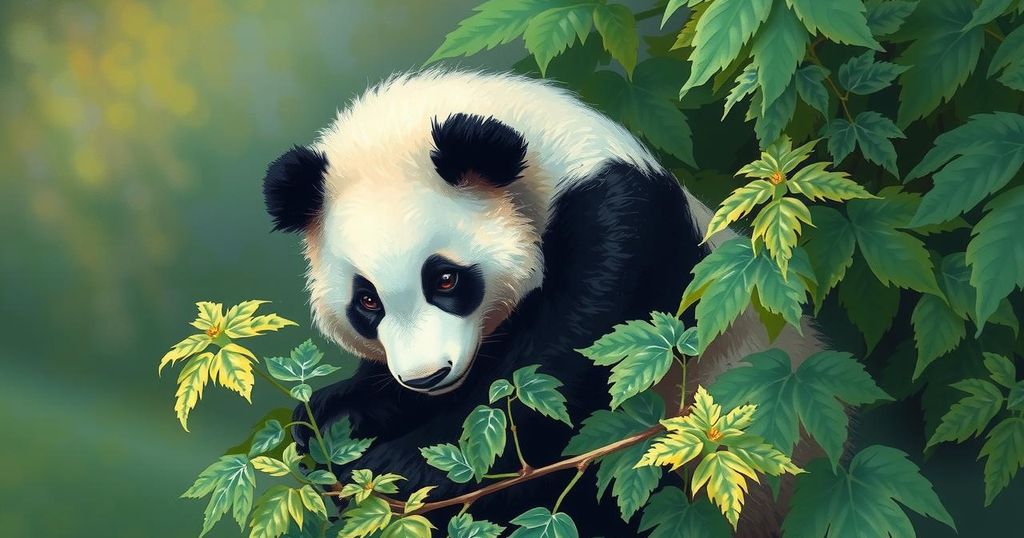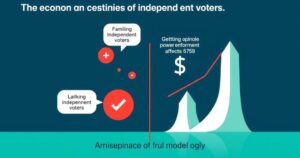Zoos and Their Evolving Role in Politics
Zoos’ Historical Relationship with Ideology and Politics
Zoos have often interacted with politics, stretching back from World War II to the Cold War. They’ve somehow become ideological spaces, despite their efforts to seem politically neutral. President Donald Trump’s administration, through a recent executive order, seems to suggest a renewed focus on what he calls “improper ideology” at such institutions, including the National Zoo. This comes amidst a broader agenda to change longstanding narratives in American history — something Trump claims have been distorted in recent years. His move has garnered criticism and amusement, particularly from those who find it absurd to think about indoctrination at a zoo—it’s animals, not politics.
The Role of Zoos During Wartime
Historically, zoos have been co-opted for various political purposes, sending messages about ideas often unrelated to animals themselves. For instance, in the past, they’ve been used to justify colonial attitudes and racial hierarchies. Look at the 1920s and 30s—Benito Mussolini strategically utilized the Rome Zoo as a stage for demonstrating fascist ideals, even posing in lion cages to express a fearlessness linked to his regime. The relationship between zoos and national ideologies became especially stark during wartime, as demonstrated in my 2025 book “World War Zoos.” During WWII, zoos were forced into a position of compliance with state ideologies, slashing budgets and even culling animals deemed dangerous.
Continuing Legacy of Ideology in Modern Zoos
In World War II, authoritarian regimes exerted extraordinary control over zoos, which cheered on nationalist sentiments. In Germany, for example, zoos enforced racist policies, while in Japan, the Ueno Zoo resorted to horrific ‘propaganda killings’ aimed at solidifying public support. Even the Soviet zoos were instructed to support the war effort, focusing on practical contributions like breeding strategies for medical purposes. Fast forward to the Cold War, zoos became more than just animal habitats; they morphed into representations of ideological divides. The giant panda—a politically loaded creature—was inaccessible to American zoos until diplomatic relations improved under Nixon. The recent arrival of Bao Li and Qing Bao to the National Zoo proves the enduring power of such symbolic gestures.




